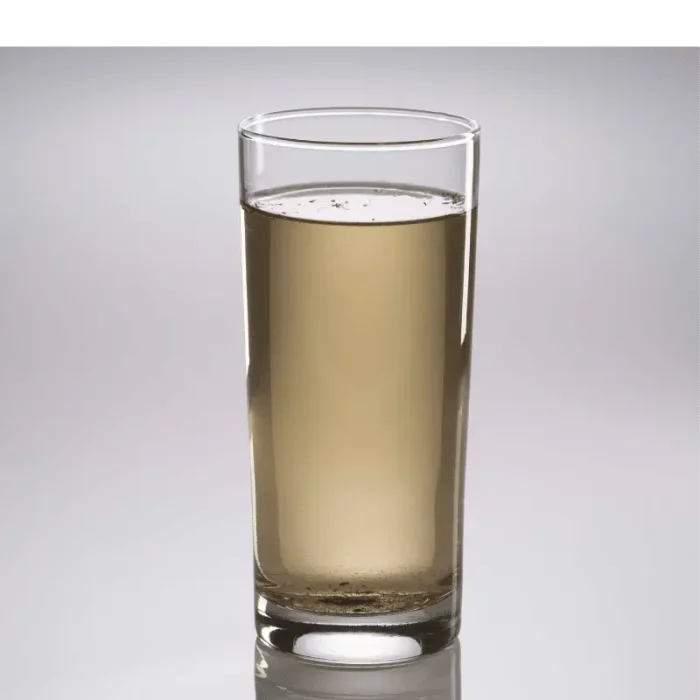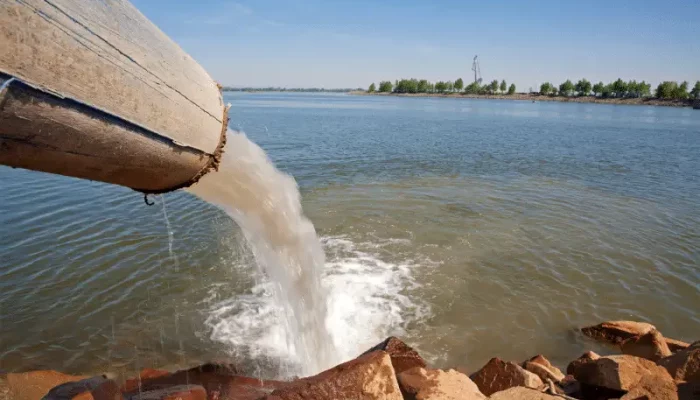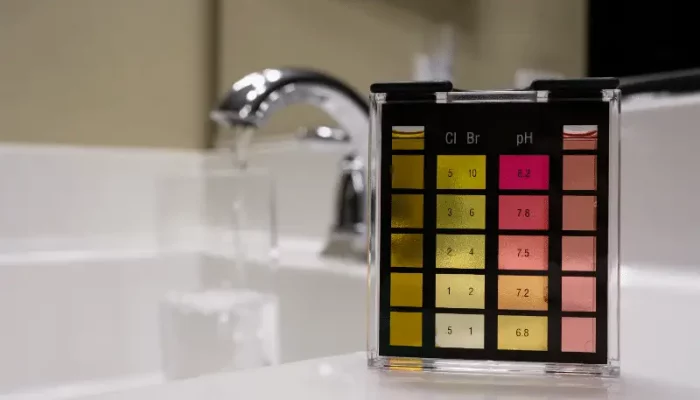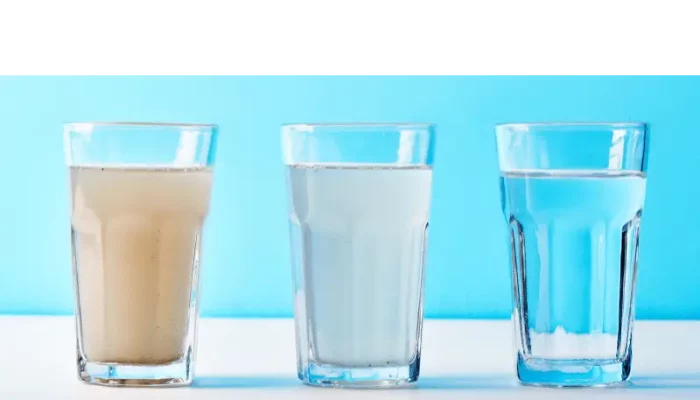Common Water Contaminants
- by Ryan Moreau / updated: April 23rd, 2023
We are very fortunate to live in the United States, where we have access to some of the cleanest drinking water in the world. However, this does not mean that everything is always perfect. The never-ending expansion of industry is contributing to increased pollution levels, aging infrastructure is resulting in harmful metals such as lead to leach into our drinking water, and the increasing costs to treat higher levels of contaminants in our water will inevitably lead to challenges over time. This guide is an informational resource to help you understand common drinking water contaminants, where they come from, and how to treat them.

In This Guide
EPA Drinking Water Standards
The EPA regulates and sets Maximum Contaminant Level (MCL) guidelines for over 90 contaminants in tap water. Public water systems are responsible for keeping water contaminants below the MCL. Additionally, the EPA has set a non-enforceable health standard for these contaminants, known as the Maximum Contaminant Level Goal (MCLG). The MCLG is the maximum level of a contaminant in drinking water at which no known or anticipated adverse effect would occur. Consumer’s should be most concerned about keeping their water below the MCLG as public water systems are only responsible for keeping contaminant levels below the MCL. The reason for this comes down to the cost to treat contaminants to maintain them below the MCLG. For that reason, the EPA allows contaminants to exist in our water above the recommended health limits.
The good news is, if you find that your water contains contaminants that exceed the EPA’s MCL or MCLG, there are filtration options available to insure your water meets these standards.
For a full list of EPA’s regulated contaminants and their MCL and MCLGs, check out the EPA’s website here
5 Major Sources of Water Contamination
Water quality at its source can be significantly affected by both natural and human factors. In this section, we will explore how these factors directly impact the quality of drinking water.

Natural Minerals and Contaminants
Source water contains natural minerals and contaminants that affect the composition of drinking water. For example, water hardness results from water that flows through certain rock formations that contain calcium and magnesium. These minerals can damage household plumbing and appliances. In contrast, the absence of these minerals can result in highly corrosive water. High Corrosivity increases the risk of leaching harmful heavy metals such as lead into the water from old infrastructure. Natural contaminants like arsenic and radon are also commonly found in source water.
Agricultural and industrial runoff
Source water can become contaminated by runoff from agricultural and industrial activities. For example, agricultural runoff can contain pesticides and fertilizers, while industrial runoff can contain heavy metals, chemicals, and other contaminants.
Urban Runoff Pollution
Urban areas can contaminate water through runoff from roads, buildings, and other surfaces. This runoff can contain contaminants such as oil, gasoline, and heavy metals.
Water Treatment process
The composition of source water can affect the treatment processes used to make it safe for consumption. For example, water that is high in organic matter or sediment may require additional disinfection to remove these impurities. This can result in increased concentrations of disinfection by-products in drinking water.
Water Distribution systems
The composition of source water can also affect the quality of drinking water as it travels through distribution systems. Old or deteriorating pipes can leach contaminants into the water, while inadequate disinfection can lead to bacterial growth.
Emerging Contaminants
Chemicals and substances known as emerging contaminants continue to be discovered in the environment. These contaminants have the potential to harm humans and the environment but have not yet been regulated by the EPA. They enter water sources through various means, such as waste streams from industrial, agricultural, household, pharmaceuticals, personal care products, and other sources.
Examples of emerging contaminants that have been found in drinking water include per- and polyfluoroalkyl substances (PFAS), pharmaceuticals and personal care products (PPCPs), endocrine disrupting compounds (EDCs), microplastics, and various types of pesticides and herbicides.
The health effects of these contaminants can vary depending on the type and concentration of the contaminant, as well as an individual’s age, overall health, and duration of exposure. Some contaminants may cause acute health effects, like gastrointestinal illness or neurological symptoms, while others may have chronic effects, such as cancer or reproductive disorders.
Efforts are being made to regulate emerging contaminants in drinking water to protect public health and the environment. However, monitoring and treating water sources for these contaminants can be challenging due to the large number of potential contaminants and the cost and complexity of testing and treatment methods.
Local Water Contamination
TapTool Water Quality Report
To determine the contaminants in your drinking water, you can use our TapTool application to generate your local water quality report by entering your zip code and water source. The report will include the following water quality sections: mineral deposit and corrosion potential, disinfection byproducts, lead and copper levels, radioactive substances, source water contaminant profile, and local pollution data.
Consumer Confidence Reports
Consumer confidence reports are another good method for determining common contaminants found in your water. The best way to find these reports is to do a simple google search of your city or water utility followed by “consumer confidence report” or “water quality report”. You can easily find the name of your public water system using TapTool.
Water Testing
Testing your water at the tap will also help you understand what contaminants are in your drinking water. While testing is essential, always keep in mind that contaminant values fluctuate over time. It is entirely possible to test positive for a certain contaminant one day and to not-detect a certain contaminant on another. That is why it is important to understand the quality of your source water.

Water Contaminant Treatment
If you followed the steps in this guide, hopefully you have an understanding of the contaminants potentially in your water. Protecting yourself against these contaminants can usually be done using home filtration devices. Below is a summary of the filtration equipment that can be used to remove each category of contaminant regulated by the EPA.

Water Filters to Remove Coliform Bacteria and Pathogens
UV Sterilization
UV sterilization can kill bacteria and viruses by using ultraviolet light to disrupt their DNA.
Reverse Osmosis
RO filters can remove up to 99.99% of bacteria and viruses from water.
Ultrafiltration
Ultrafiltration can remove bacteria, viruses, and other pathogens from water by using a membrane with small pores that trap impurities.
Organic Chemical and Disinfection By-product Filters
Activated Carbon Filtration
Activated carbon filters can remove organic chemicals, such as VOCs, disinfectants, and disenfectant byproducts.
Reverse Osmosis
RO filters can remove heavy metals, such as lead and arsenic, as well as many other chemicals.
Inorganic Contaminants, Minerals, Corrosion Treatment Filters
Water Softeners
Water softeners can remove minerals like calcium and magnesium from water, which can cause hard water stains and buildup in appliances and plumbing fixtures.
Reverse Osmosis
RO filters can remove minerals from water, improving its taste and appearance.
Emerging Contaminant Filters
Reverse Osmosis and Activated Carbon
Some can remove PFA’s, pharmaceuticals, and personal care products.
